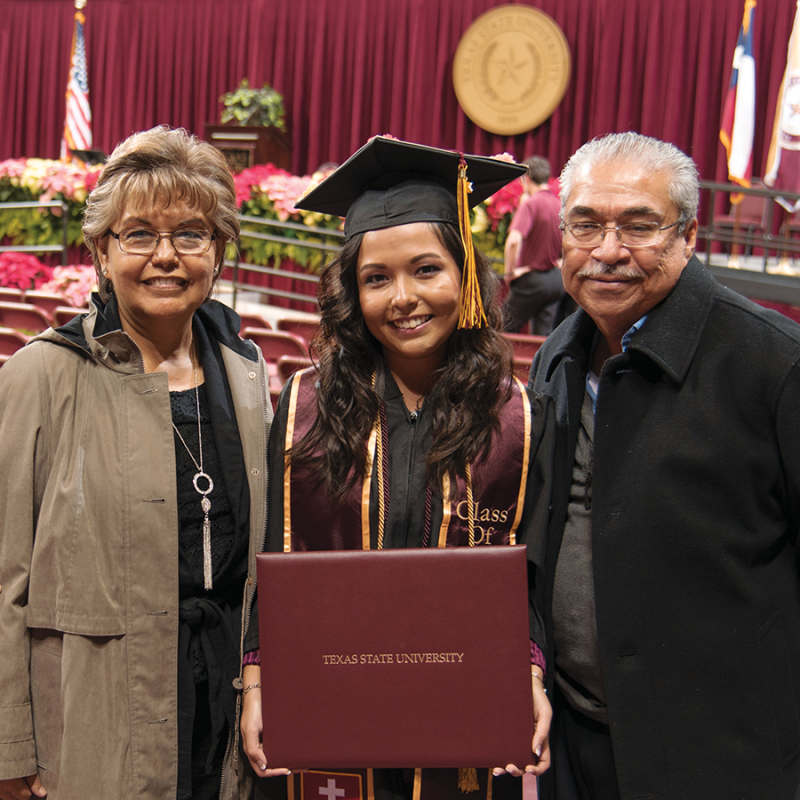Knowing Your Audience

You must be a CASE member to see this page.
- Apply to become a CASE member today.
- Already have an account? Please log in.
You must login to see your alerts.
You must login to see your alerts.

Join us at CASE Academy and unlock the leader within you. At this exclusive online course, you’ll embark on a learning journey alongside colleagues from diverse advancement disciplines.
Visit the CASE Library's database and search through more than 15,000 articles, books, and white papers. Start your search.
Learn about the common set of standards, guidelines, and definitions for reporting the results of educational philanthropy activities at schools, colleges, and universities across the globe.
CASE’s annual Circle of Excellence Awards showcase outstanding work in advancement. Meet our exceptional award winners.
Meet CASE's Educational Partners - industry thought leaders working with CASE to strengthen schools, colleges, and universities.
In celebration of CASE’s 50th anniversary, CASE is proudly establishing the Future Fund – a visionary philanthropic initiative poised to support and shape the future of the advancement profession. Support the Future Fund.
Strengthen your advancement operation, including the latest research and trends in advancement, career and professional development programs, and publications.